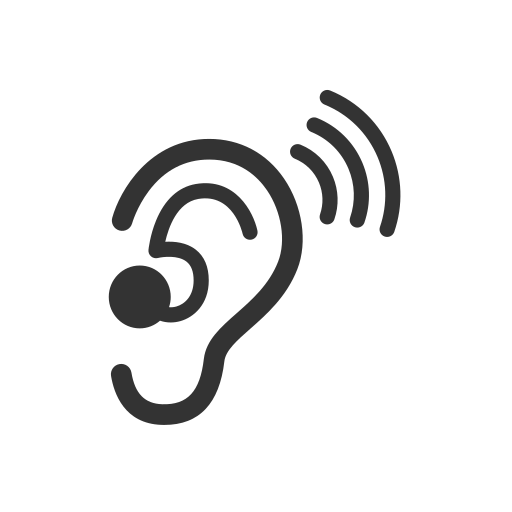From advanced treatments to personalized therapies, we're dedicated to ensuring your well-being. Trust our team for innovative solutions and compassionate support.


Vertigo is a sensation of spinning or dizziness that is often described as feeling like you or your surroundings are moving when they are not. It can be caused by various underlying conditions affecting the inner ear, brain, or sensory nerves.

Allergies can affect various parts of the body, including the skin, respiratory system, gastrointestinal tract, and eyes.

Voice disorders, also known as dysphonia or voice impairments, refer to conditions that affect the quality, pitch, loudness, or flexibility of a person's voice.

Snoring and sleep disorders are common conditions that can significantly impact sleep quality and overall health.

Hearing impairment, from mild to profound, impacts communication and daily life. It often requires aids, support, and understanding from others.

Tinnitus is a condition characterized by persistent ringing or buzzing in the ears, often caused by hearing loss or exposure to loud sounds.

A cochlear implant is a device that provides a sense of sound to those with severe hearing loss by stimulating auditory nerves.

A BAHA (Bone-Anchored Hearing Aid) is a device that transmits sound through the skull bone, benefiting those with conductive hearing loss.

The nose filters, warms, and humidifies air, while sinuses lighten the skull, enhance voice, and produce mucus.
Tonsillectomy and adenoidectomy are surgical procedures used to remove the tonsils and adenoids, respectively. These procedures are commonly performed to treat recurrent infections or other conditions that affect these structures.
Microscopic ear surgery, also known as otological surgery, involves performing surgical procedures on the structures of the ear using a microscope for magnification and precision.
Endoscopic sinus and nose Surgery, also known as endoscopic sinus surgery (ESS) or functional endoscopic sinus surgery (FESS), are minimally invasive procedures used to treat various conditions affecting the sinuses and nasal passage.
Microscopic laryngoscopy surgery, also known as microlaryngoscopy, is a minimally invasive surgical procedure used to diagnose and treat conditions affecting the larynx (voice box) and vocal cords.
Thyroid and head and neck Surgery encompass a broad range of surgical procedures performed to treat conditions affecting the thyroid gland, as well as various structures within the head and neck region.
Laryngotracheal surgery is a procedure that addresses conditions affecting the larynx (voice box) and trachea (windpipe), such as tumors, strictures, or trauma. It aims to restore or improve airway function, voice, and breathing.
Robotic surgery for snoring involves using robotic systems to perform precise procedures that address airway obstructions causing snoring.
Endoscopy ear surgery uses a thin, flexible endoscope to view and treat conditions within the ear, such as infections, tumors, or structural issues, through minimal incisions.
BAHA (Bone Anchored Hearing Aid) surgery involves implanting a titanium screw into the skull to anchor a hearing device. This system transmits sound vibrations directly to the inner ear through bone conduction, aiding individuals with conductive or mixed hearing loss.
Cochlear implant surgery involves implanting a device that stimulates the auditory nerve, helping individuals with severe hearing loss or deafness to perceive sound. The device includes an external microphone and internal electrodes that bypass damaged parts of the inner ear.
Skull base surgery treats conditions like tumors, vascular malformations, or infections at the skull's base. It involves advanced techniques, including endoscopic or open surgery, requiring a skilled multidisciplinary team, including
neurosurgeons and ENT specialists, due to the area's complexity and risk
Eustachian tube surgery is a procedure to treat dysfunctions or blockages in the Eustachian tubes, which connect the middle ear to the throat. It can address issues like chronic ear infections, fluid buildup, or pressure imbalances. The surgery aims to restore proper function and alleviate symptoms by improving drainage and airflow in the middle ear.